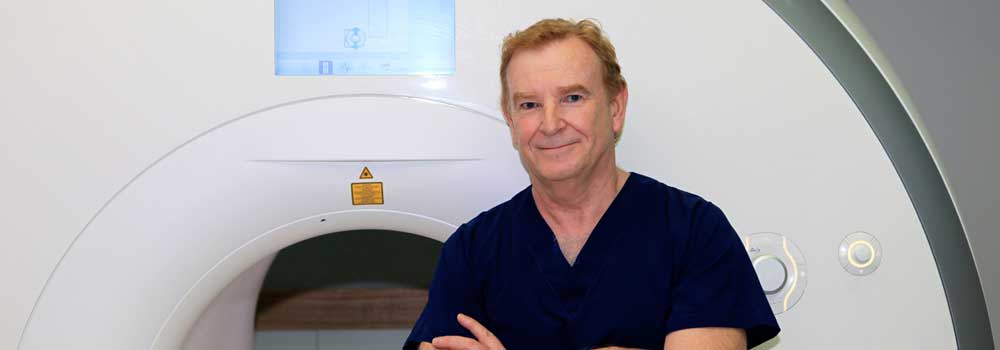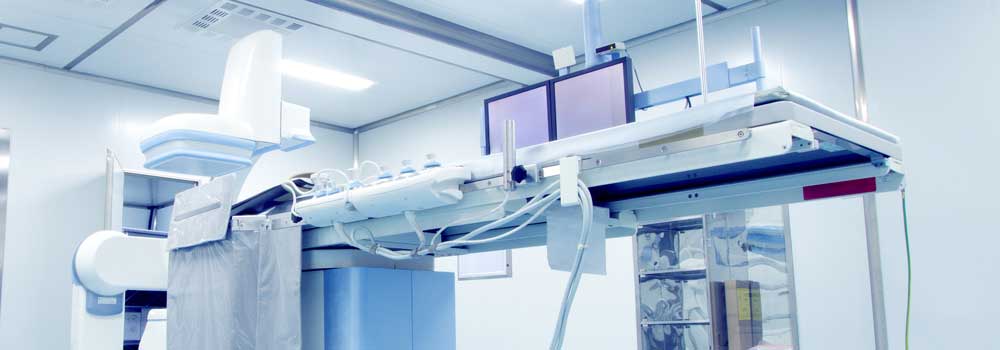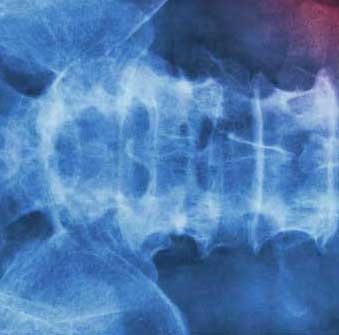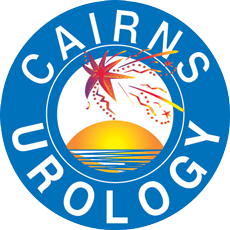




Erectile Dysfunction & Hypo Androgen-Metabolic Syndrome (ED and HAM)
Presentation
On presentation for erectile dysfunction to a Urologist may lead to a common diagnosis of the Hypo Androgen-Metobolic Syndrome (HAM Syndrome).
What is it?
In order for a man to obtain an adequate erection it requires more blood to be in the penis at any one moment than is flowing out over that period of time in order for the erection to hold. A large number of factors are associated with the ability to get an erection, including desire (libido), and good circulation. These things can be adversely affected by such conditions as smoking, high blood pressure, high cholesterol, obesity, Diabetes and neurological (nerve) disorders. Surgery or medical conditions in the lower bowel or pelvic region may be a factor also.
The diagnosis for the metabolic-syndrome requires any three of the following:-
• Waist circumference from 88cm
• BP greater than or equal to 130mm hg systolic or 85mm hg diastolic or on hypertensive medication.
• HDL-C less than 0.9mmol/L or drug treatment to reduce HDL-C
• Fasting Tryclicerides great than or equal to 1.7mmol/L or drug treatment for elevated Tryclicerides
• Fasting Glucose greater than or equal to 5.6mmol/L or drug treatment for elevated Glucose.
That is from the American Heart Association/National Heart Lung and Blood Scientific statement 2005.
Erectile dysfunction is common in over weight men and may be associated with low serum Testosterone (male hormone) levels. As men get older male hormone levels de-crease and after the age of 30, may decrease by 1-2% per year. This is a very gradual de-cline, unlike female hormones which decrease significantly more rapidly at the time of menopause. Approximately 10% of men aged 40-60 and 30% of men aged 60-80 have decreased hormone levels.
It is not certain whether the decrease in hormone levels leads to the increase in weight, but it is thought that the increase in weight will lead to more symptoms of a decreased hormone level and the hormone level to de-crease further, as it may be absorbed into the fat cells of the body and therefore be less effective for other usage.
With the obesity academic occurring in a number of countries including Australia, it is possible that almost half the men over the age of 50 have the metabolic syndrome.
What symptoms are likely to develop with low Testosterone?
Psychological symptoms:
• Tiredness
• Depressed mood
• Irritability
• Poor concentration
• Reduced short term memory
Physical symptoms:
• Weakness
• Muscle and join pains
• Sweating and hot flushes
• Dryness of skin
• Reduced muscle mass and strength
• Increased abdominal girth and obesity
• Breast enlargement
• Reduced body and facial hair
Sexual:
• Reduced libido (desire)
• Erectile dysfunction (impotence)
• Disturbance of ejaculation (may be premature or failure)
Low Hormone Levels
Males who be associated with male osteoporosis (thinning of bones).
What Can Be Done
Generally speaking, the assistance of a dietitian and a regular exercise program may be the most likely to succeed in conjunction with the practitioner who is best place to look after the mans general health and be able to judge his ability to exercise and carry out a diet however a lot of patients prefer to do it themselves.
Generally speaking, diet such as those advocated by the CSIRO and such commercial publications as Men’s Health may well be the simplest and easiest approach.
In some cases obesity is so significant the man may be advised to seek further advise regarding the possibility of lap banding.
From the point of view of exercise, generally speaking, a 40 minute period of excise 3 days per week of walking/running, bike riding or swimming along with 2 days per week of 20-40 minute of resistance exercises (lifting light weights) along with the dietary measures is likely in the long term to provide some degree of weight loss. Please note that is is essential that the man has a medical check up with his general practitioner prior to contemplating changes in levels of his physical activity.
Hormone Replacement
In some men it is necessary to provide hormone replacement and that may be carried out through oral (tablets) medication which is easily personalised to the correct level because of the ease of variability in dosage, patches which allow hormone absorption through the skin, gels which are similar to the patches, injections which may last for 12-14 weeks and therefore not needing regular ingestion.
